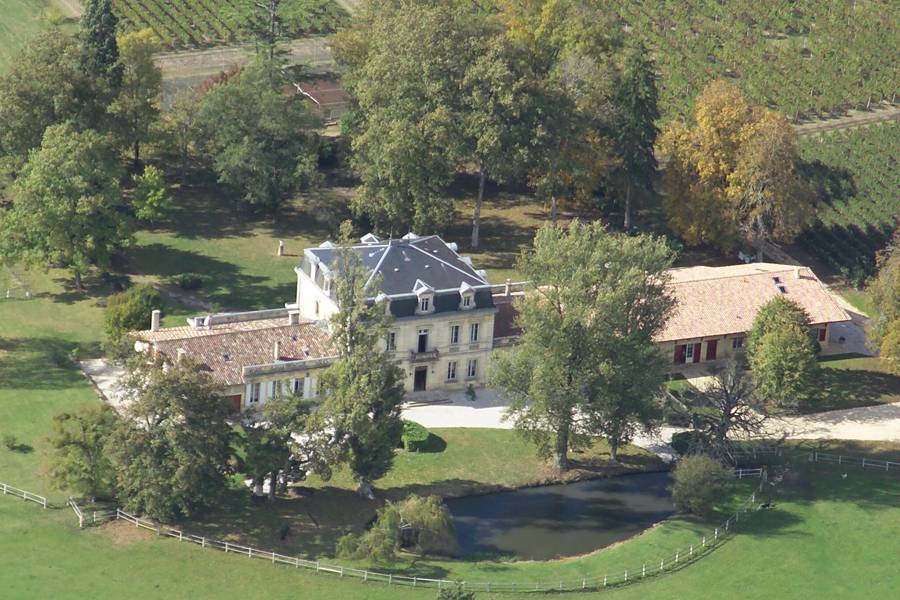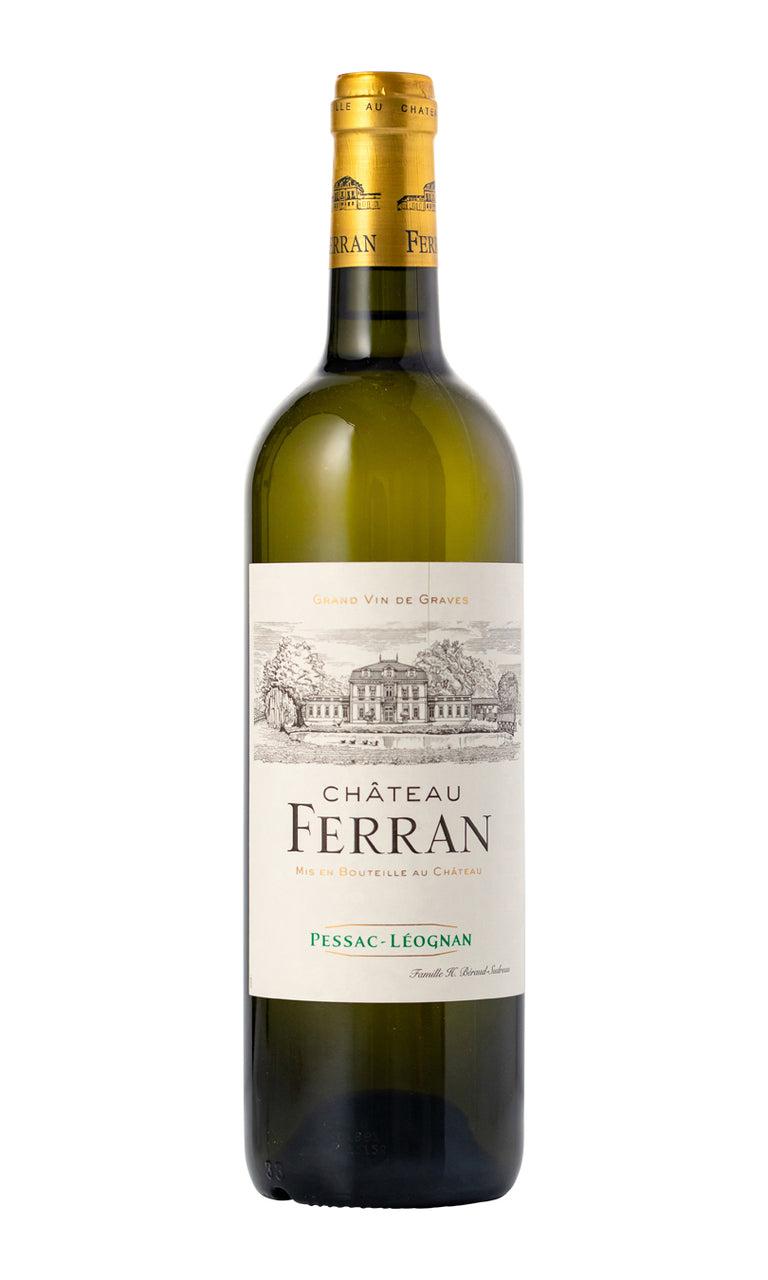- Colour White
- Producer Château Ferran
- Region Pessac-Léognan
- Drinking 2023 - 2030
- Case size 6x75cl
- Available Now
2021 - Ch Ferran Blanc Pessac-Léognan - 6x75cl
- Colour White
- Producer Château Ferran
- Region Pessac-Léognan
- Drinking 2023 - 2030
- Case size 6x75cl
- Available Now
Select pricing type
Need help? Call +44 (0)20 7793 7900 or email wine@goedhuiswaddesdon.com.
-
Goedhuis, March 2023
A blend of 60% Semillon and 40% Sauvignon Blanc, the 2021 Ferran Blanc has a beautifully floral nose of honeysuckle and rose petal, lifted by citrus peel and freshly squeezed grapefruit. The palate is pure and clean, with a tangy freshness, while a touch of oak adds some richness to the finish. A delightful white Pessac that is always so impressive for the price.
Producer
Château Ferran
This noble château was originally owned by Montesquieu, the famous philosopher (who was remarkably a viticulturalist as well) in the 18th century. The château, however, was given its name by Robert de Ferran, a later owner who was a parliamentary lawyer in Bordeaux. In 1999, it was purchased by the Lacoste family who invested heavily in the vineyard and chai. They took advantage of the château's soil rich limestone-clay-gr...Read more
This noble château was originally owned by Montesquieu, the famous philosopher (who was remarkably a viticulturalist as well) in the 18th century. The château, however, was given its name by Robert de Ferran, a later owner who was a parliamentary lawyer in Bordeaux. In 1999, it was purchased by the Lacoste family who invested heavily in the vineyard and chai. They took advantage of the château's soil rich limestone-clay-gravel soil to produce both a red (Merlot/Cabernet Sauvignon)and white wine (Sémillon/Sauvignon Blanc). The King of Bordeaux Blanc, Dénis Dubordieu, works as their consulting oenologist.Read less

Region
Pessac-Léognan
Stretching from the rather unglamorous southern suburbs of Bordeaux, for 50 km along the left bank of the river Garonne, lies Graves. Named for its gravelly soil, a relic of Ice Age glaciers, this is the birthplace of claret, despatched from the Middle Ages onwards from the nearby quayside to England in vast quantities. It can feel as though Bordeaux is just about red wines, but some sensational white wines are produced in this area from a blend of sauvignon blanc, Semillon and, occasionally, muscadelle grapes, often fermented and aged in barrel. In particular, Domaine de Chevalier is renowned for its superbly complex whites, which continue to develop in bottle over decades. A premium appellation, Pessac-Leognan, was created in 1987 for the most prestigious terroirs within Graves. These are soils with exceptional drainage, made up of gravel terraces built up in layers over many millennia, and consequently thrive in mediocre vintages but are less likely to perform well in hotter years. These wines were appraised and graded in their own classification system in 1953 and updated in 1959, but, like the 1855 classification system, this should be regarded with caution and the wines must absolutely be assessed on their own current merits.




